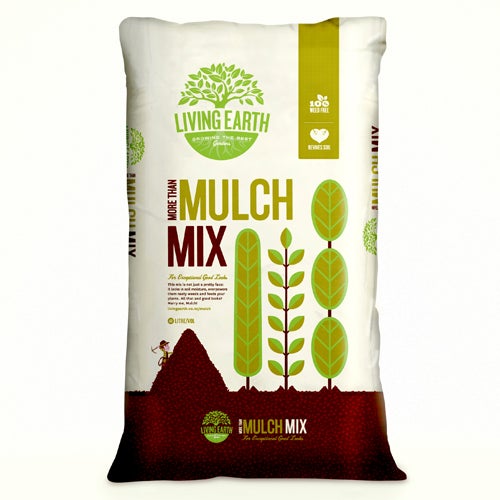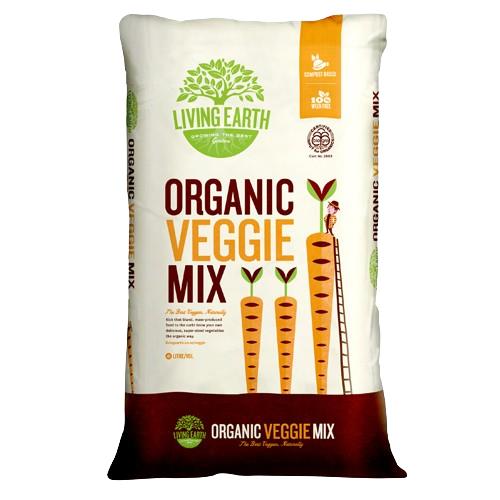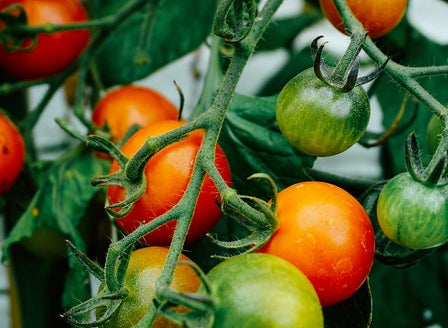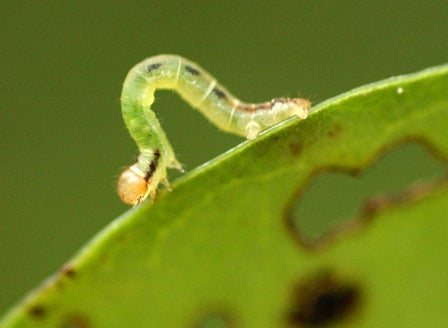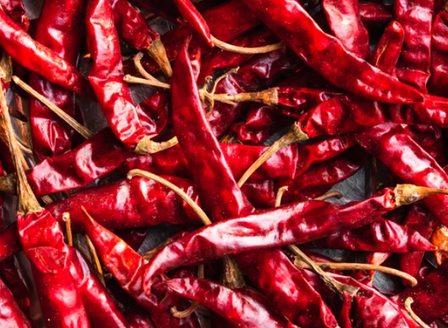‘The heat is on’... Spice things up a bit by growing your own chillies this season.
Planting Calendar
Chillies are best planted from September-January.
Harvest In
90 - 120 Days
Chillies are ready for harvest after 90-120 days after planting. The fruit start off green in colour, but eventually will stay green or change to red, orange or black as per the variety as they ripen. Change in colour also indicates increase in the heat or spice levels.
Prepare
Position
Chilies are best grown in sheltered positions in full sun. Sheltered from cold winds.
Soil
Well-draining soil, rich in organic matter works best when growing Chillies. When planting in the ground, the preferred pH of the soil is 6.5 - 7.5 - break up your existing soil and mix in some Living Earth Organic Veggie Mix with an added application of Kings Natures Organic Fertiliser. In pots and containers, use Kings Container Mix to plant Chilli seedlings. Chillies are sensitive to calcium deficiency, so it is advisable to add Aquaticus Organic Soil and Plant Conditioner at the time of planting and later in the growing season, this applies to plants grown in the ground and pots.
Plant
Gently tap the pot so that the seedling comes out, take care not to damage any roots Plant so that the roots are all planted into the soil. Firm the soil around the plant gently, then water in with Aquaticus Garden Booster. When planting in the ground, space the seedlings at least 35-45 cm apart from each other. In a pot: Use Kings Container Mix. For best results use a pot no smaller than 30cm. Chilli plants are fragile hence it is recommended to support them with stakes and ties or by putting plastic cages around them, especially in windy areas.
Care
Beginner Tip
The Scoville Scale is a tool for measuring the spiciness or pungency of hot chillies. It measures the capsaicin (the chemical compound that causes the heat in chillies) and assigns it a number rating in Scoville Heat Units or SHU. The higher the rating the hotter the Chilli.
Expert Tip
Most chillies in New Zealand are grown as an annual. If you want to try growing one that is more likely to last through winter, try Rocoto or Manzano. These two varieties are members of the Capsicum pubescens family, and they can withstand much colder temperatures than other members of the capsicum family (though they won’t survive frost). They also taste great and grow to an impressive height.
Tip
Drying chillies is an excellent way to preserve an abundant harvest for future use. Choose chillies that are very ripe and free of cuts or blemishes. Cut chillies lengthwise and scrape out and discard seeds. If you live in a dry, warm environment, you can either lay the chillies out on a baking tray to dry or hang them from a string, outside or in a sunny spot inside (if the air is humid, they may go mouldy instead of drying). Alternatively, place chillies on an oven tray and cook for six to eight hours at 80°C. Store in an airtight jar. Fresh chillies can also be frozen for further use.
Frequently Asked Questions
Can I import chilli seeds from overseas?
Chilli and tomato seeds cannot be brought into New Zealand due to a high risk of bringing in diseases.
What are the small green bugs on my Chilli?
Aphids love chilli plants and can be either green, orange or black. Spray regularly with Bugtrol to keep them under control.
How can I ensure my chillies get enough sunlight?
Chillies need at least 6 hours of direct sunlight each day in order to grow properly. To ensure your chillies get enough sunlight, choose a spot in your garden that gets plenty of direct sunlight. You can also try growing your chillies in pots or containers and placing them in a sunny location.
How do I know when my chilli peppers are ready to be harvested?
Chilli peppers are typically ready to be harvested when they are firm and fully ripe. The specific timing will depend on the variety, but most chilli peppers will be ready to be harvested within two to three months of planting. Please check the label on your chilli plant for more detailed information.



